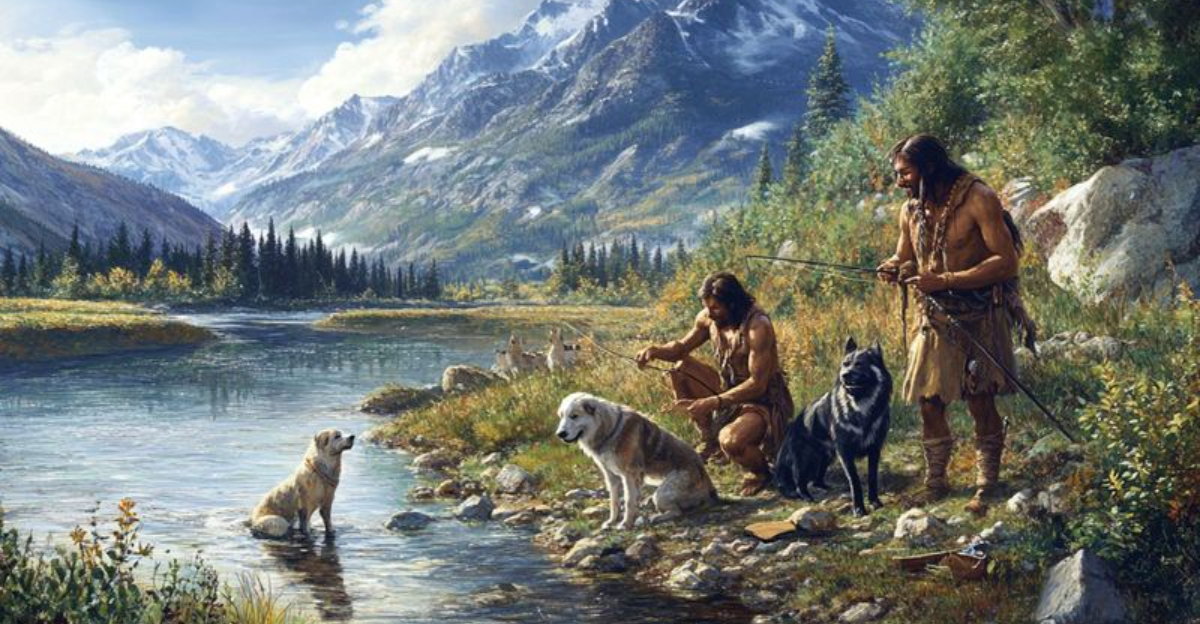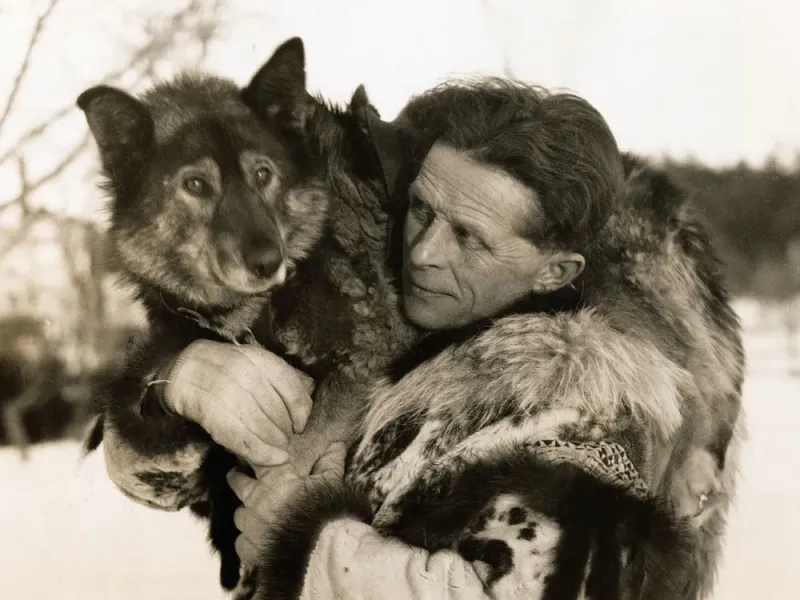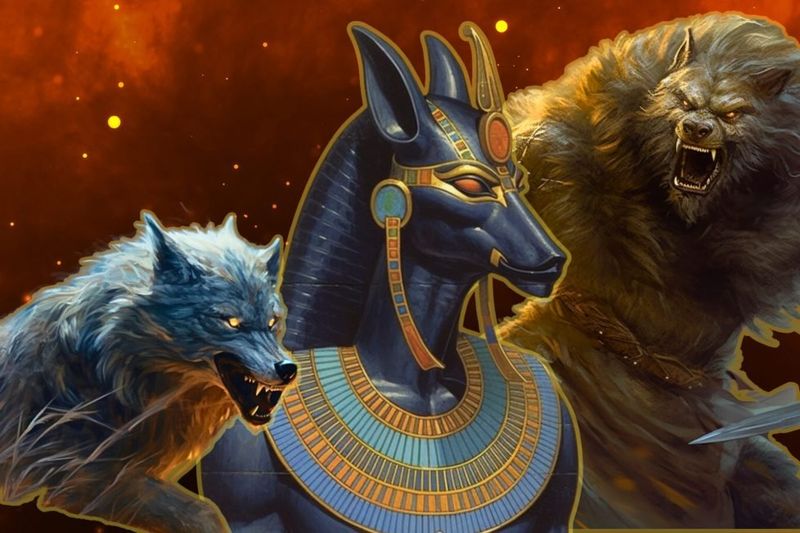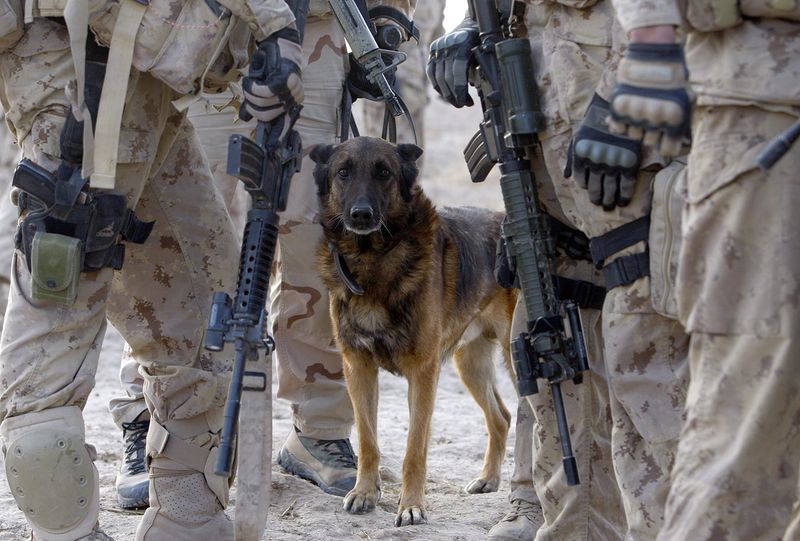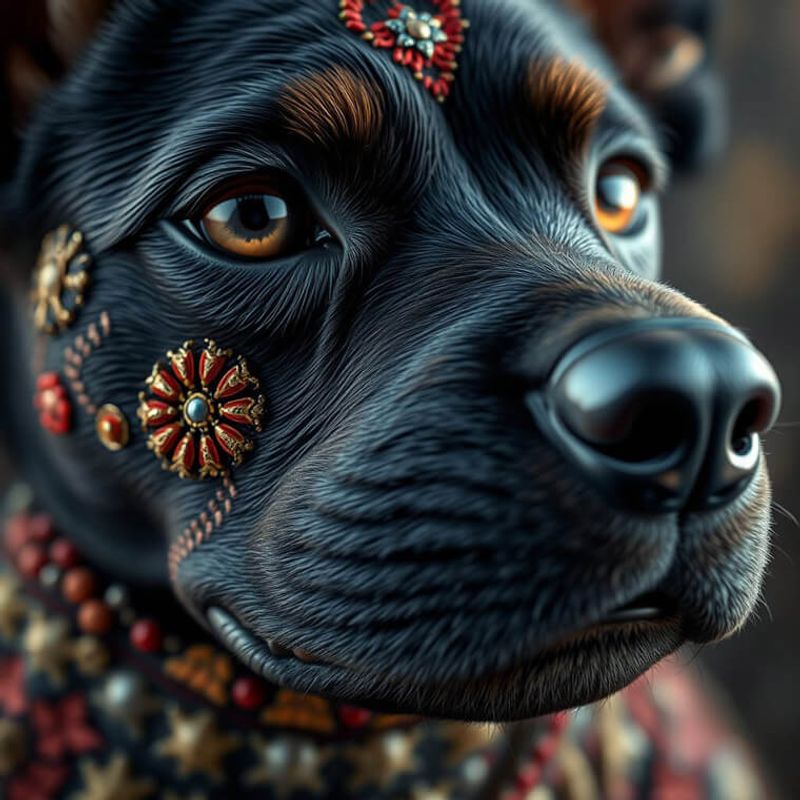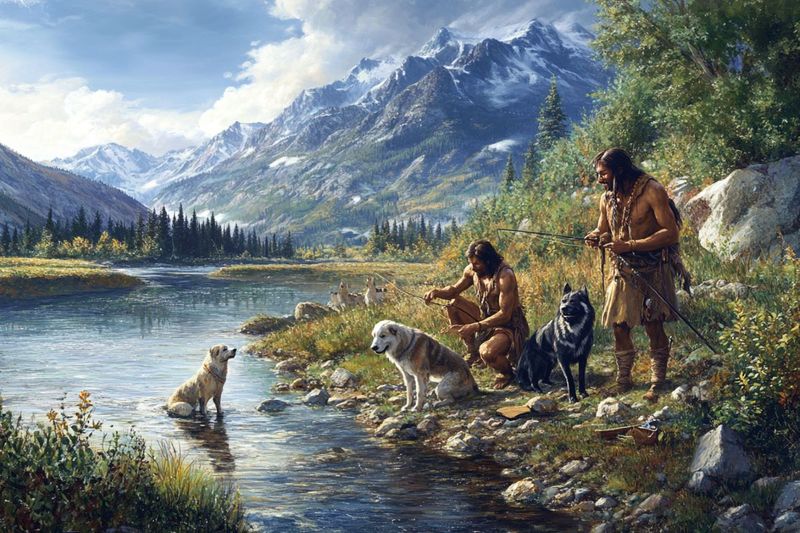Dogs have long been more than companions—they’ve been heroes, mythic guardians, and cultural icons across time and geography. Whether leading through blizzards, guarding sacred shrines, or inspiring folklore, canines have left paw prints on the heart of human history. In Legendary Canine Chronicles, we dive into five compelling listicles that celebrate the loyalty, bravery, and magic of our four-legged legends.
Heroes on Paws: Real-Life Dogs Who Changed the World
From battlefields to blizzards, dogs have shown time and again that heroism has no species limit. Take Balto, the Siberian Husky who led a life-saving run across Alaska’s frozen wilderness in 1925 to deliver diphtheria serum to Nome. Or Chips, a WWII dog who charged enemy gunners and captured four soldiers, earning medals for bravery.
There’s also Laika, the first dog in space, whose sacrifice opened the door to space exploration. And Hachikō, the faithful Akita in Japan who waited at a train station daily for his deceased owner—for nine years. These true stories reveal the courage and heart of dogs who became legends, proving they don’t just live in our homes—they live in our history.
Dogs of Myth and Magic: Canines in Global Folklore
In myth and legend, dogs often guard the threshold between worlds. In Greek mythology, Cerberus, the three-headed hound, stood watch at the gates of the Underworld. In Norse legend, Garmr was the blood-soaked guardian of Hel’s domain.
Meanwhile, Anubis, the jackal-headed Egyptian god, oversaw mummification and protected souls in the afterlife. In Japanese folklore, Inugami are dog spirits said to possess both protective and vengeful powers. Even in Celtic tales, spectral black dogs—often omens of death or protectors of the lost—roam the moors.
These mythical canines embody more than fear or faith—they symbolize transformation, protection, and the powerful emotional bond between humans and dogs, even in the realm beyond.
War Dogs: Brave Tails from the Battlefield
Throughout history, dogs have marched alongside soldiers, sniffed out danger, delivered messages, and comforted the wounded. In ancient times, Roman war dogs wore armor and fought in formation. During World War I and II, dogs were trained to detect landmines, carry supplies, and serve as messengers across gunfire-laced fields.
Smoky, a tiny Yorkshire Terrier in WWII, ran communication lines through narrow pipes, saving lives and earning hero status. In modern conflicts, military K9s perform explosive detection, patrol, and search missions. These dogs are more than tools of war—they’re trusted teammates and silent heroes.
Their stories are a reminder of bravery that doesn’t come with medals—but with loyalty, sacrifice, and a wagging tail.
Divine Dogs: Sacred Canines in Religion and Ritual
Dogs aren’t just cultural companions—they’re spiritual ones too. In Hinduism, Bhairava, a fierce form of Shiva, is often accompanied by a black dog, symbolizing protection and divine loyalty. In Zoroastrian rituals, dogs are sacred animals believed to ward off evil spirits.
In Native American lore, spirit dogs guide the deceased to the afterlife and serve as symbols of intuition and survival. In some Buddhist traditions, dogs are viewed as reincarnated beings sent to offer lessons in love and humility.
Even today, dog blessings and temple guardianship are practiced in regions like Nepal and Tibet. These divine dogs serve as bridges between the earthly and the sacred—loyal not only to humans, but to cosmic duty.
From Wild to Wonderful: The Evolution of the Dog-Human Bond
Once wild wolves stalking ancient campsites, dogs have transformed into our most trusted allies. Genetic and archaeological evidence suggests dogs were the first domesticated animals, possibly as far back as 30,000 years ago. Early humans and proto-dogs likely formed partnerships based on mutual benefit—dogs helped hunt and guard, humans provided food and shelter.
Over millennia, selective breeding shaped a staggering diversity of breeds, each tuned to human needs—herding, guarding, guiding, and companionship. Yet what’s most remarkable isn’t the utility, but the emotional connection.
Studies show dogs understand human emotions, form deep attachments, and even mirror our moods. The story of dogs isn’t just evolutionary—it’s emotional, cultural, and spiritual. A saga still unfolding, one loyal pawprint at a time.
